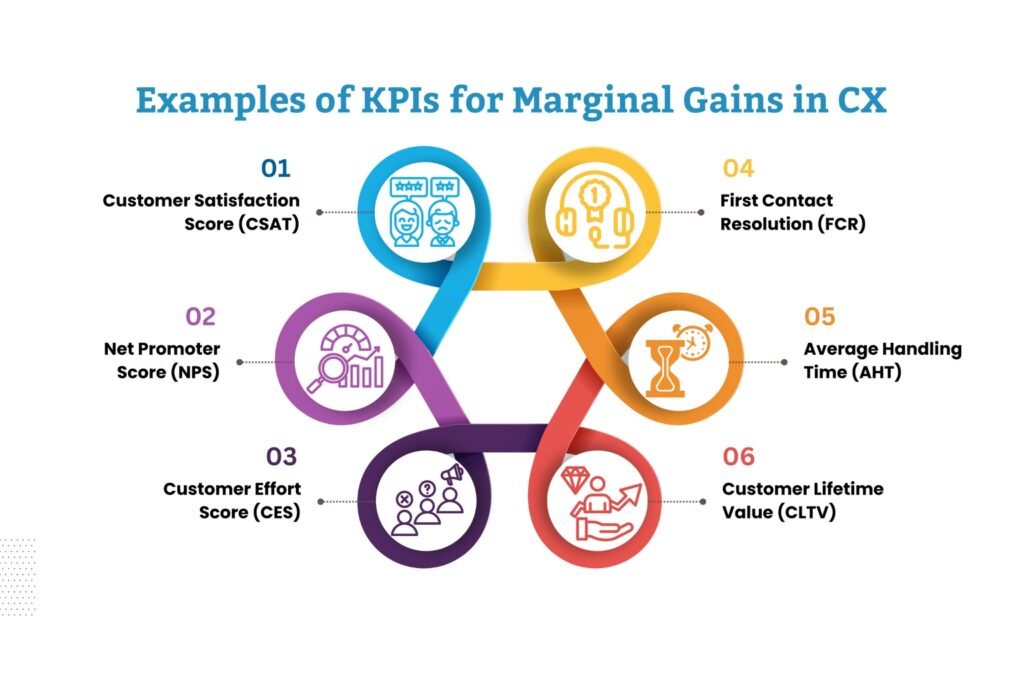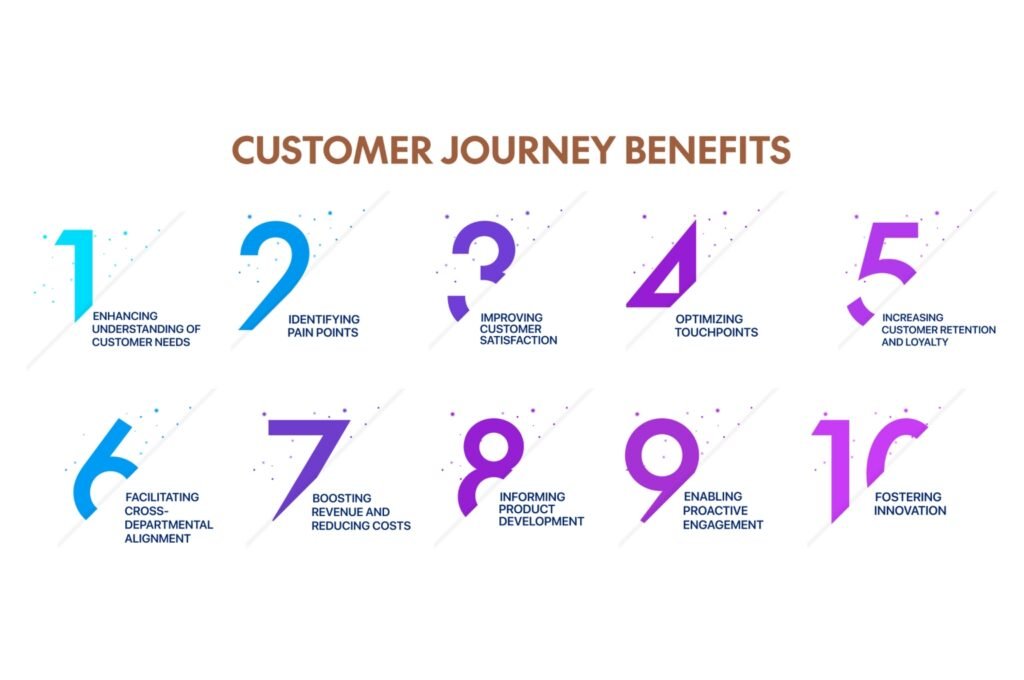Collaborative Systems

Team performance starts with leadership. It needs to be enabled by leaders with the right amount and format of training and knowledge sharing, clarity on the alignment to strategy, objectives, and key results, and most importantly constant and constructive feedback.
The COVID-19 pandemic forced most companies to accelerate their maturity into a remote work model, and many of the changes brought upon businesses remained and had to be incorporated by organizations, either for strategy or due to a permanent change in employees’ perception and relationship with work.
One thing that has always been present in business, and remains the same if not greater, is the need for effective collaboration in the work environment.
I believe that remote employees will perform the same or better in remote settings than in the office, if provided with the right enabling tools, as remote work creates an opportunity for greater focus when that is needed, or more importantly, in many cases it meets employees expectations for flexibility, elevating morale, job satisfaction and engagement.
Take the example of contact centers: There are so many ways to reinvent how traditional training and collaboration used to take place. Think about AI for managing on-the-spot, timely and relatable bite-size training content. Another application of AI could be the timely monitoring to guide agents if the tone of an interaction is leading to negative emotions and it needs to change Likewise, supervisors could better identify agents who need their coaching and guidance on the spot.
All of those use cases do not require an in-the-office work environment. They work better in a remote setting.
Another common concern with remote work is the idea that people would have challenges blending with the company culture. I do not minimize the importance of culture, and recognize that for companies that had a legacy of minimum to no remote working, a transition needs to be managed. However, this is another area where leadership and management have great responsibility to enable success.
The opportunities to innovate, test and learn are so much greater now with technology and the general openness of organizations and employees to remote work, that leaders should be excited, rather than intimidated or fearful of a negative impact on team performance and collaboration.
- Employee experience in customer facing functions not only influences, but in many ways determines Customer Experiences. It is important for leaders to understand and give a voice to employees and make them the co-authors of improvement and the design of experiences.
- One way to enable such engagement is by fully integrating employees and teams in the Management Operating Systems
- Team collaboration can be fostered when the Management Operating System includes opportunities for greater team engagement like the ones applied in Lean Manufacturing programs, one example being the Kaizen
- Kaizen
- Kaizen is the Japanese word for good improvement and it has been long applied by Lean practitioners in factory and business environments.
- Kaizen as a tool is based on 5 principles, which align very well with team collaboration
- Kaizen
- Know your customer: where customer can mean the final customer of a process or internal customers in a workflow
- Let it flow: One premise for team collaboration is that processes should be as streamlined and fluid as possible, in ways that even an effective process can be a candidate for improvement to make it more streamlined for the team members involved.
- Go to Gemba: Gemba is the Japanese word for “where value is created” and it was originally applied to the shop floor of factory environments. The same concept can be applied for frontline teams, where opportunities can be created in the physical or virtual space for team members to speak up.
- Empower people: Create an environment where all team members are welcome to share their observations and ideas. Ideas should be unconstrained and leaders should encourage team participation.
- Be transparent: This is the principle that brings it all together. Team members are encouraged to demonstrate their processes and challenges, and leaders should be transparent about any constraints for the implementation of improvements and the implementation plans.
- Leaders can commit to creating opportunities for Gemba chats, where associates from different teams can be encouraged to share their observations about processes and workflows.
- Listening to process partners creates an understanding of the impact one role or process has on adjacent processes and together team members can identify opportunities for improvement when teams are invited
Some of the opportunities for improvement identified by Kaizen events may be complex and involve changes to the customer journey, its supporting processes and technology
A very effective design methodology that can be incorporated into a Management Operating System and applied when detailed experience design is needed is the Service Blueprint
Service Blueprint is a very collaborative tool that encourages experience co-design and high levels of team engagement.
- The service blueprint allows for the visual connection between the customer and employee experience, which is achieved through the following critical elements
- The customer journey
- The employee actions at the interaction line, or the frontstage, directly in contact with the customer
- Employee actions that are behind the line of interaction, or back-stage,
- The supporting processes and technology to enable employees and customer actions
- Collaboration can take many forms, and by no means is limited to having team members discussing with one another.
- In fact, a Harvard Business Review analysis entitled Collaboration Overload Is Sinking Productivity reveals that “time spent on email, IM, phone and video calls — has risen 50% or more over the past decade to consume 85% or more of most people’s work weeks.”
- Good collaboration is the type that advances ideas, generates results, but also increases productivity, eliminating the waste that may exist in a team’s process or on the back and forth of too much communication to land on an improvement solution
- Teams that are used to collaborating for the design of the processes directly impacting their work, may find extreme value in the service blueprint, for understanding the relationships between their actions and the customer experience, as well as the impact of their actions in the workflows of colleagues working in the back office.
- One other element of an effective management operating system is recognition, which can also boost team collaboration if not limited to hierarchical recognition, with leaders recognizing their employees. Leader appreciation is important, but a peer recognition program can go a long way in bringing associates together and fostering collaboration. Having office hours dedicated to team and community building like encouraging employees to get to know each other, celebrate successes, learn, milestones, or ask for and offer help
- is a great way to promote peer-to-peer collaboration
Teams can also be engaged in volunteering in groups or competing in campaigns of community impact. Such kind of initiative is unrelated to the actual work of employees but can create a sense of purpose that brings team members together and the newly discovered affinity is unavoidably extended into the business environment creating greater collaboration.
The newness of remote work makes people believe that what was once known as enablers of greater team collaboration is no longer available, which is not necessarily true. With an open mind and the commitment to unleash the talent of teams, leaders can adapt well known and effective management tools and methodologies, have them as an integral part of management operating systems and make remote teams as effective or better than when office work was the mainstream. Technology solutions are also evolving to make this transition easier for all and it is critical that companies dedicate the resources to evaluate ways to incorporate such new tools into the business processes, as well as securing the funds to support the advancement of the technology stack.


